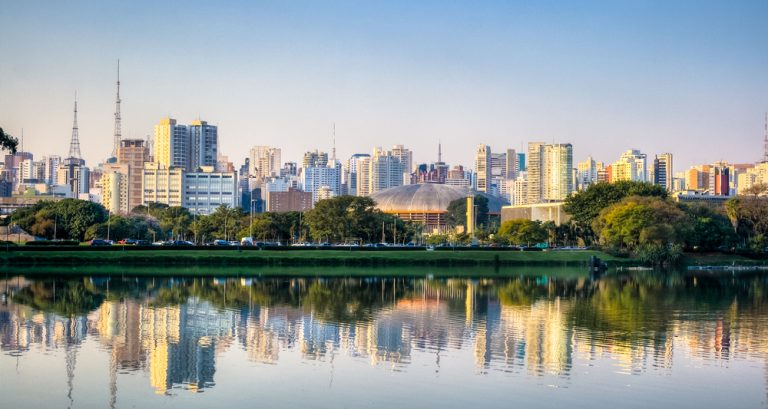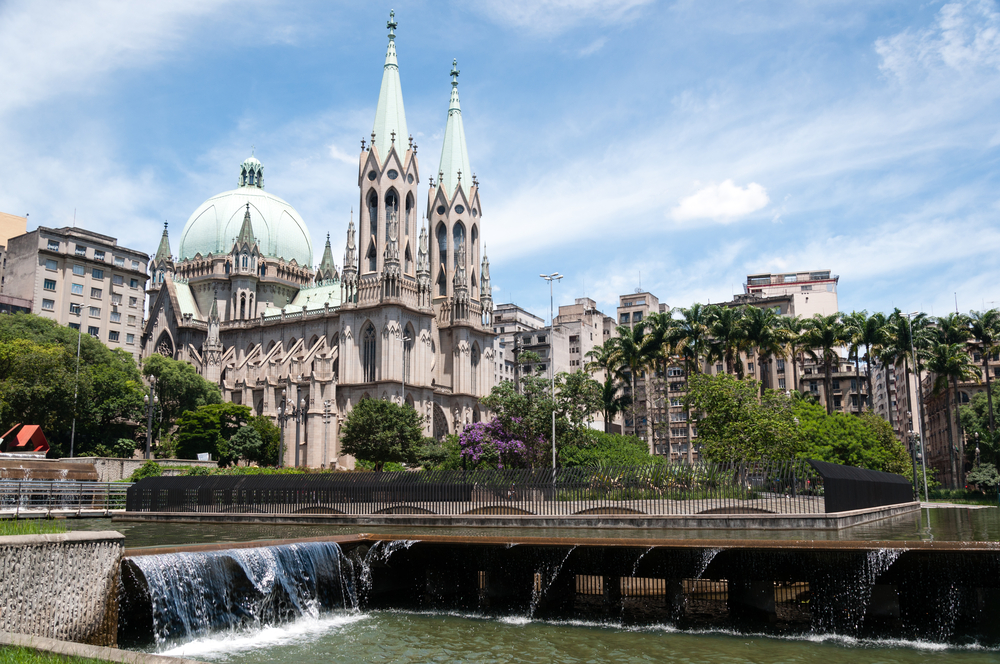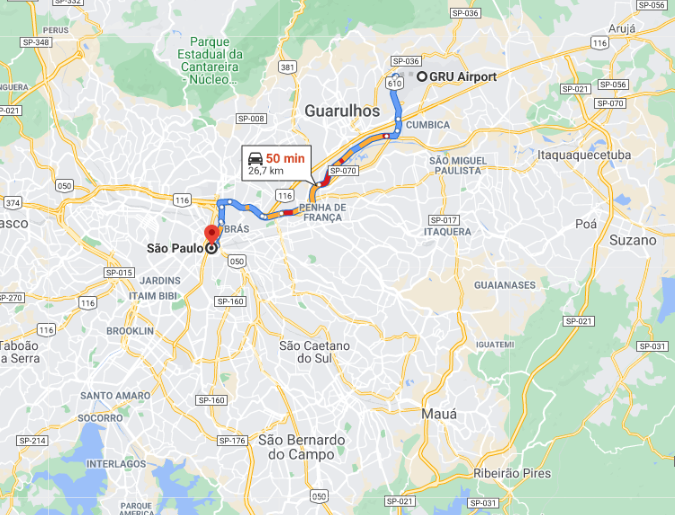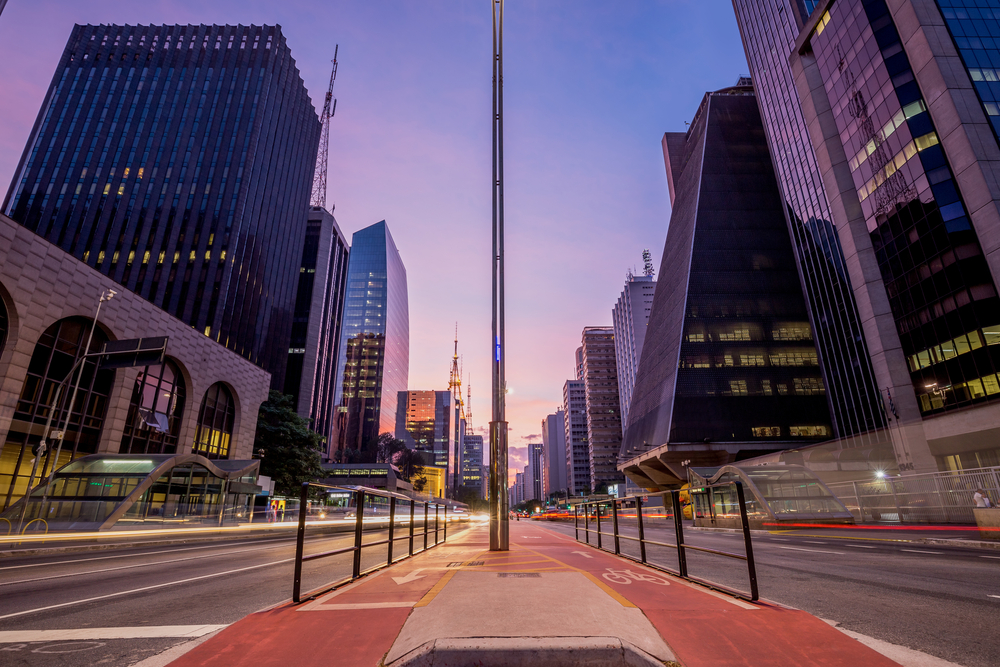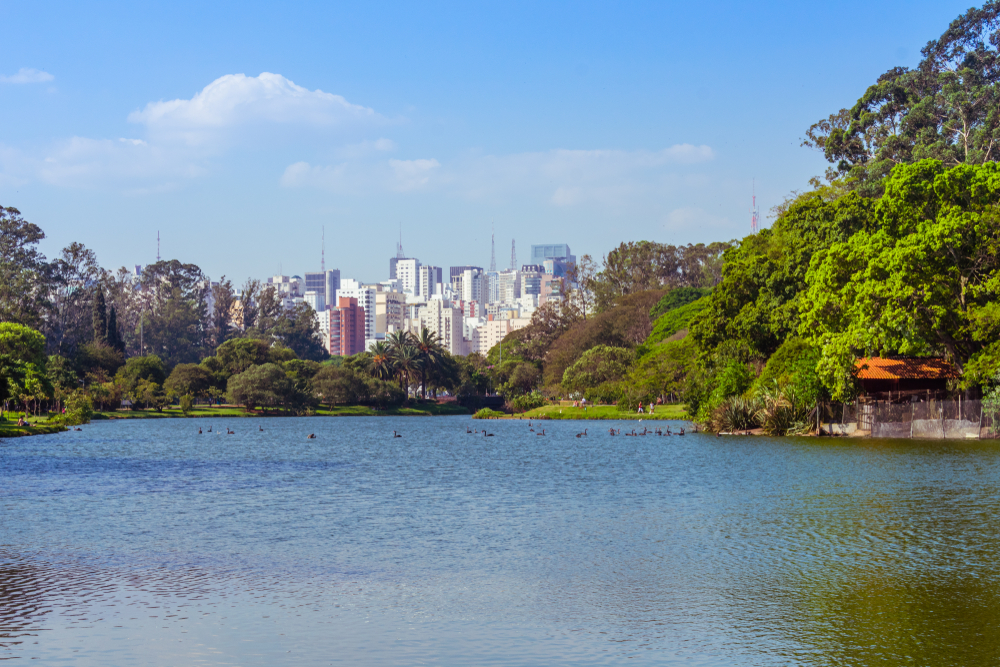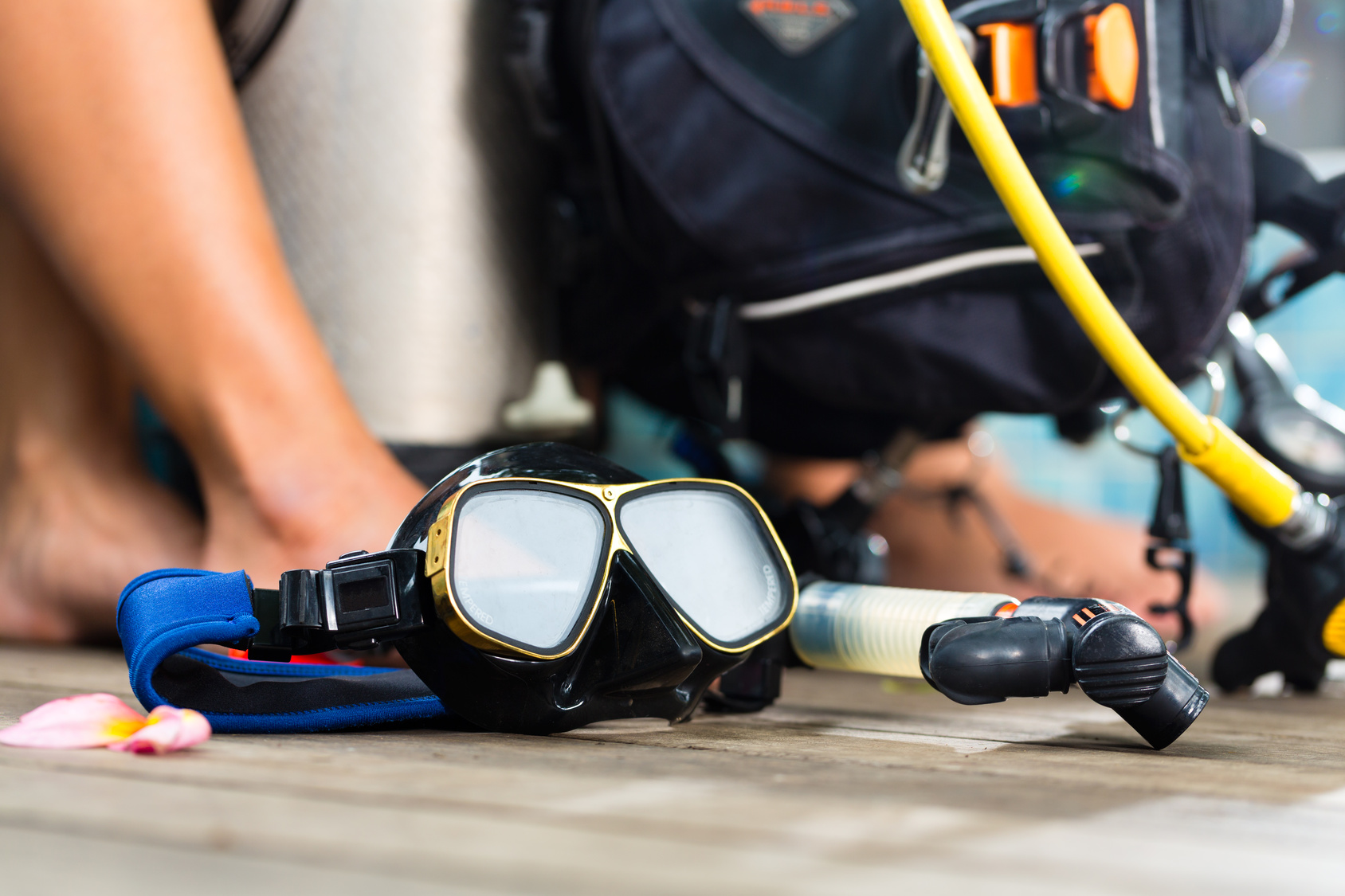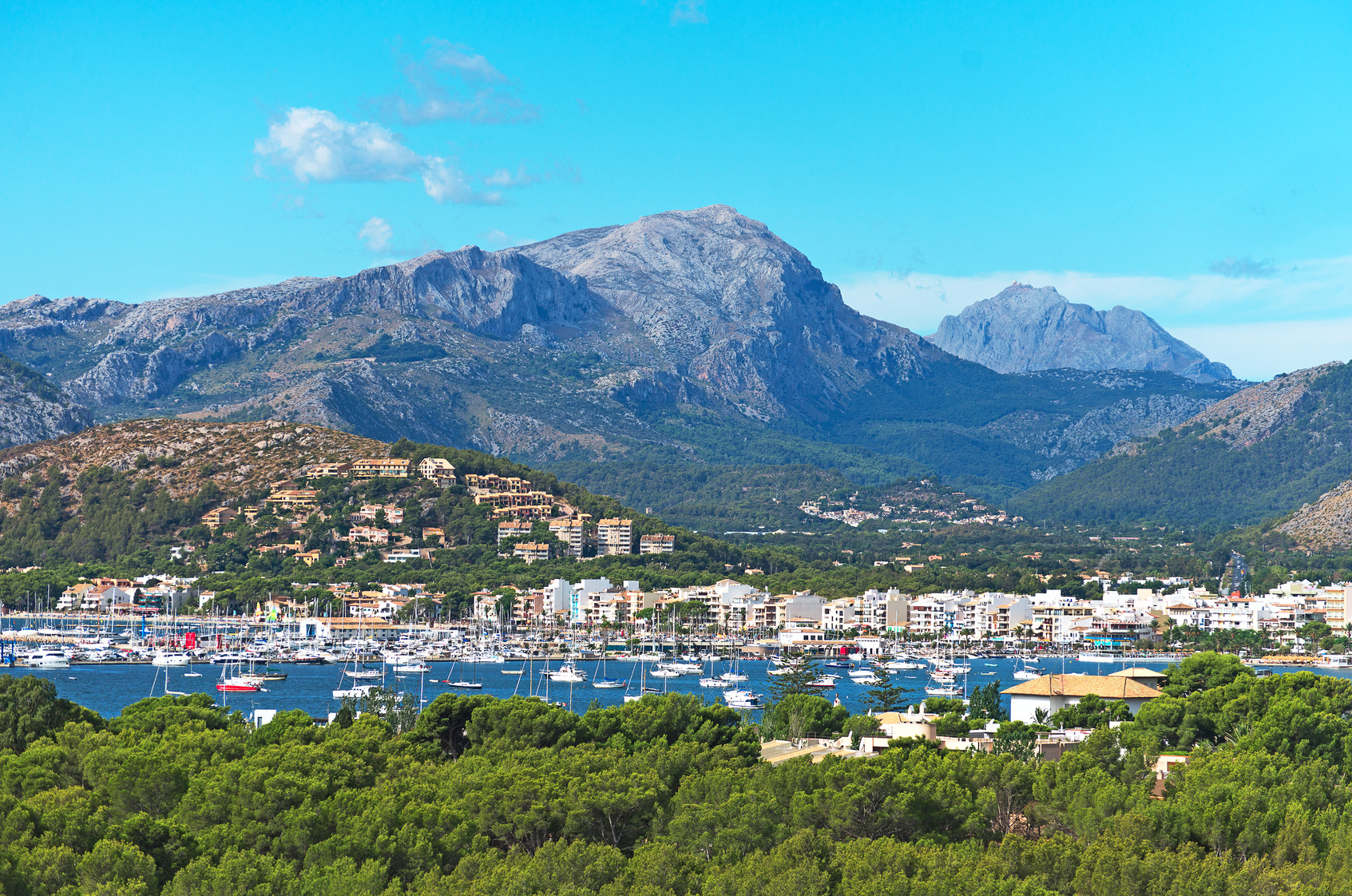Sao Paulo is a vast city with more than 22 million people living in its metropolitan region. It is a commercial powerhouse which drives the Brazilian economy. The city’s downtown district is dominated by skyscrapers and its roads are forever congested. From a tourism point of view it has little to offer compared with other parts of the country although it is home to one of South America’s finest art museums and is well known for its excellent dining and nightlife scenes.
A good time to visit is in winter between June and August when temperatures are fairly mild. The summer months from December to March can be unpleasant due to the hot, humid climate and the heavy rainfall. Sao Paulo doesn’t have the best of reputations with regard to safety so it’s important to take all the precautions you would in any other major, world city.
Arriving in Sao Paulo
Getting to Sao Paulo: Most overseas visitors to Sao Paulo will arrive at Guarulhos International Airport which lies 25km north-east of the city centre. The airport has three terminals and welcomes flights from many destinations in North and South America as well as some major European cities including Amsterdam, Madrid, London, Paris, Rome, Frankfurt and Lisbon. Passengers arriving on domestic flights will usually land at Congonhas Airport which lies just 10km south of the city centre.
Sao Paulo Airport Transfers: There are airport buses from Guarulhos Airport to the downtown area of Sao Paulo. Line 13 (aka the Guarulhos Train) of the São Paulo Metro Rail Transport Network also provides direct services between the airport and the city. Taxi services are readily available outside the arrivals terminal, otherwise you can pre-book a private transfer from Sao Paulo’s Guarulhos Airport with a specialist local operator.
From Congonhas there are airport buses, metro trains (blue line) and taxis available for transport into the city. Alternatively, you can arrange private transfers from Congonhas Airport.
Getting Around in Sao Paulo: As already explained, transport from Sao Paulo’s airports into the downtown district is relatively straightforward although somewhat time consuming by road at certain hours of the day. Once in the city it’s fairly easy to get around. Whilst the extensive bus network is very popular amongst locals, the best way to get around for tourists is by means of the metro system which covers all major neighbourhoods and has connections to the airports and main bus terminal. Trains serving the main tourist areas are modern and safe. A prepaid card is not compulsory but is worth buying to allow for seamless travel between different modes of transport.
Taxis are widely available but tend to be quite expensive which has seen a huge growth in services offered by popular taxi-hailing apps such as Uber, 99Taxis and EasyTaxi which are generally reliable and good value.
Tourist Attractions in Sao Paulo
Unlike Rio de Janeiro, the enormous city of Sao Paulo is more about business and less about tourism. Newly arrived visitors will be struck by a concrete jungle which has little to offer in the way of essential tourist attractions. There are, however, a handful of places that are worth a visit, not least of which are the architectural works of Oscar Niemeyer, Brazil’s most famous architect of the 20th century.
The main places to look out for are as follows:
Avenida Paulista: Running for almost 3km from north-west to south-east, this is the city’s main thoroughfare which is home to the headquarters of many companies which stand alongside some major shopping complexes and a number of leisure outlets including cinemas, theatres and restaurants. Hotels along Paulista Avenue are popular with visiting business travellers and tourists alike.
São Paulo Museum of Art: The main cultural attraction along Avenida Paulista is the Museu de Arte de Sao Paulo (MASP). This is one of South America’s finest art museums which is highly regarded on the world stage. As well as displaying an impressive selection of works from Brazil the museum also displays a major collection of European art and smaller exhibits from Asia and Africa.
Oscar Niemeyer’s Edifício Copan: The skyline of Sao Paulo is far from pretty but hidden amongst the soulless blocks are a handful of hidden gems designed by Oscar Niemeyer. The Brazilian architect played a major role in modern architecture and is best known for his work in Brasília, the nation’s capital. Edificio Copan is a residential building in downtown Sao Paolo’s which has 38 floors and is one of the country’s largest buildings. Weekend visits to its rooftop are open to tourists. Other buildings inspired by Niemeyer include the Galeria California and the Montreal Building.
São Paulo Cathedral: Standing on a site dating back to the 16th century where a small church was originally built, the enormous Catedral Metropolitana is one of the city’s main tourist attractions. The modern-day cathedral is relatively new, having only been consecrated in 1957 following 44 years of construction.
Parque do Ibirapuera: Away from the city’s urban sprawl, the Ibirapuera Park provides a welcome respite for local inhabitants and weary tourists alike. Whilst it is home to a number of museums and cultural attractions, it also provides a place to relax or do exercise away from the hustle and bustle of the city centre.
About Shuttle Direct
Shuttle Direct is one of the world’s most established and respected airport transfer providers. Our services are available throughout Europe as well as in North Africa, the Middle East, Southeast Asia and South America. Our friendly local drivers will ensure your safe, economical and convenient passage to and from the airport, cruise terminal or major train station of your choice with a minimum of fuss. Book your transfer with our easy to use online booking system and leave the rest up to us!

